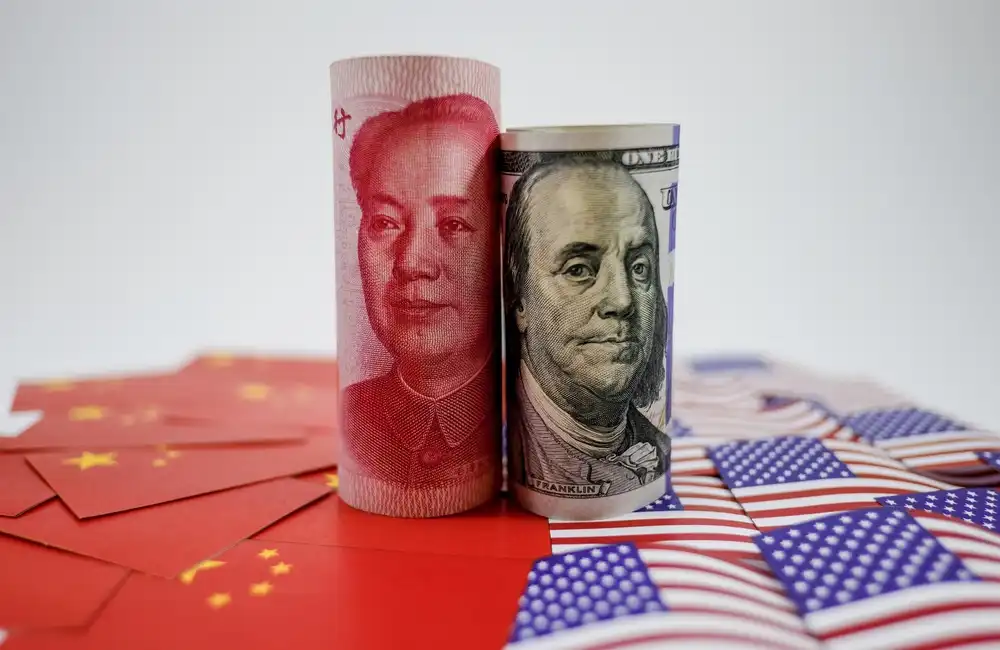Gold has long held its status as a safe-haven investment, particularly in times of economic uncertainty.
Its allure remains powerful, serving as both a hedge against inflation and a symbol of monetary stability. Recently, gold prices have surged, drawing significant attention from investors and economists alike.
Why Gold is Climbing to New Heights
1. Economic Uncertainty
Geopolitical tensions, market volatility and potential slowdowns drive investors toward gold as a non-currency hedge.
2. Inflation Hedging
With record inflation eroding fiat currencies, gold’s role as a reliable store of value has strengthened its appeal.
3. Weakening Dollar
A softer US dollar makes gold more affordable for global buyers, boosting demand when Fed rate hikes are expected to pause.
The Federal Reserve’s Impact on Gold Prices
1. Interest Rate Hikes and Gold
Higher bond yields typically pressure non-yielding gold, but expectations of a Fed pivot have instead supported gold’s rise.
2. Monetary Easing Signals
Dovish commentary or quantitative easing announcements increase liquidity, weaken the dollar and fuel gold rallies.
3. Market Expectations
Investor sentiment on Fed guidance drives gold pricing, with dovish forecasts triggering immediate price gains.
What Lies Ahead for Gold?
Gold’s trajectory depends on Fed policy, inflation trends and global economic health, with further gains likely if rate hikes pause or recession fears deepen.
Why This Matters for Investors
Gold offers portfolio diversification and risk mitigation; tracking Fed announcements and macro indicators can inform optimal exposure.
Final Thoughts
The rise of gold mirrors broader monetary and economic challenges. Consulting professionals can help align gold investments with long-term goals, ensuring a resilient, diversified portfolio.





















